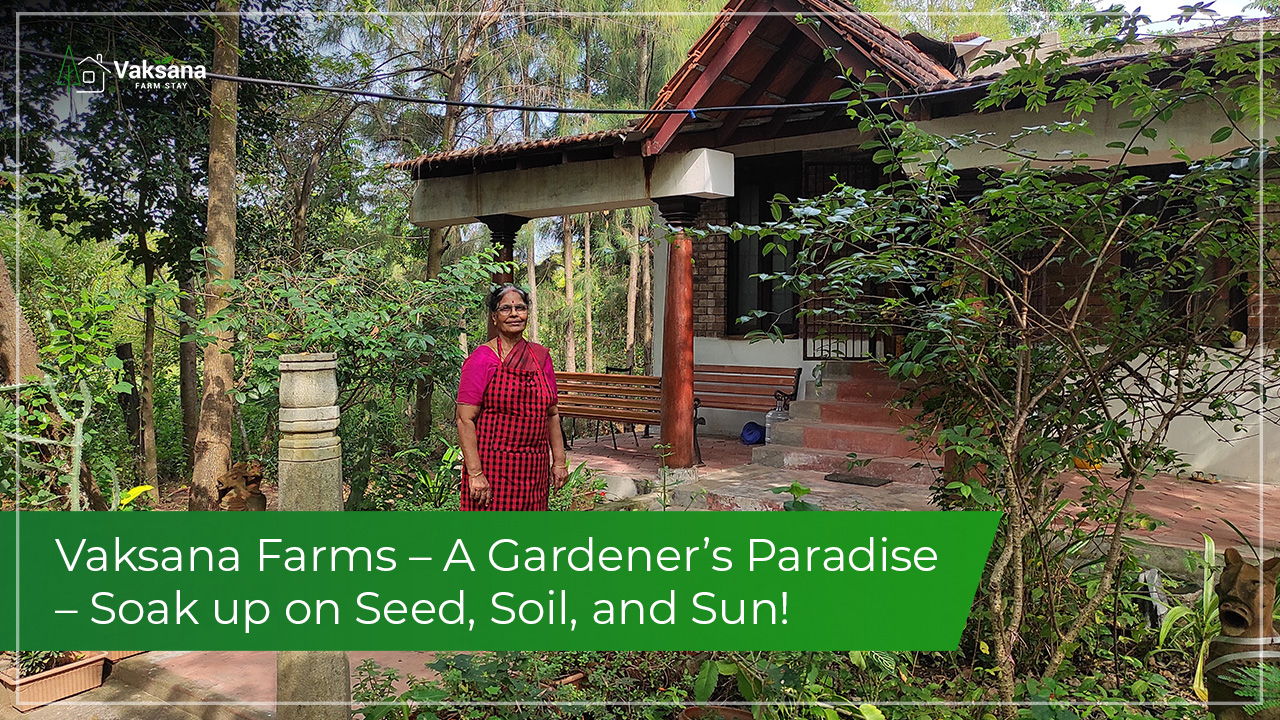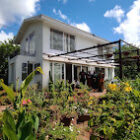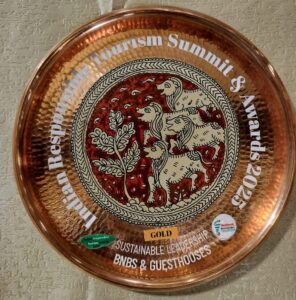
Home gardens and kitchen gardens draw inspiration from Vaksana Farms. The farm is living proof that you can have a beautiful garden without harmful chemicals to the environment and without synthetic fertilizers.
We love having our guests who love exploring the farm. When they come here, they feel one with nature. They learn so many new things and try to implement them in their homes.
Our 13-acre farm has a vast assortment of trees, shrubs and plants.
We have some of the best assortment of plants around. Hundreds of houseplants and all the gardening equipment needed to keep your plants happy and healthy are packed into our space.
You are closer to a plant than you would think. As we all know, photosynthesis is the process by which plants create sustenance by utilizing sunlight. This is something your body is capable of. Sunlight enables your skin to produce vitamin D, one of the required nutrients.
Growing Herbs & Vegetables
Seasonal root vegetables, leafy vegetables, herbs, and citrus grow in Vaksana Farms. We have a vast selection of seeds that you may start on your own, or if you prefer, we can begin seedlings for you in advance.
Perennials
Depending on the health and happiness of the plant, perennials will return for more than two seasons. Perennial aboveground growth typically dies each winter and sprouts back from the same root system the following spring. However, there are some exceptions. Some perennials may leave behind woody stems that bloom again in the spring, while others will only partially die back in the winter.
We offer various perennial flowers, vines, hardy ground coverings, and other perennials, all of which will give your yard or garden the ideal colour and shape.
Trees & Shrubs
Our farm has many lovely trees, shrubs, and floral nursery products. Suppose you are planning a project for your garden or yard you can get amazing tips staying at a farm like ours.
Guide to Successful Planting
- Call before digging
A few days before planting, call the national 811 hotlines to locate underground facilities.
- Before planting
Be sure to plant in well-drained soil. Many of our local grounds contain clay. Dig a hole and fill it with water to test if the soil is draining. If the water does not drain within 12 hours, it may contain clay, and the floor should be replaced.
- Planting a hole
To plant a tree or shrub, dig a hole twice the diameter and 6 to 8 inches deeper than the root ball, replacing 6 to 8 inches of soil with rich backfill. Then compact this 6 to 8 inches of soil. Once the plant is in the hole, the top of the root should be slightly above or below the earth’s surface.
- Place the plant in the hole.
Remove any tags, wires, or ropes from the log or trunk. Go ahead and plant!
Creating Aisles
Imagine your planting beds’ paths when buckets of water fall from the sky. If the landscaping fabric is installed, the tracks, turn into gutters that quickly rush rainwater off your field.
Do you want the rain to come down in your area? No.
In addition to overloading nearby waterways, all that runoff may carry too many nutrients, contaminating the water. Instead, if you have cultivated aisles, you will probably lose a lot of soil with the runoff, and your plants will get a lot of mud splattered on them, making it more challenging to process for the market. Additionally, the weight of all those raindrops will compact your soil even more.
The garden only appeared after some time. Vegetable garden beds were constructed gradually, and perennials were added to various garden areas. They started growing perennials from seeds and selling them directly on their property because they wanted to share their work with others. We have a plant mandala. You can read about it in our next blog.
However, the garden and the surrounding area provide us with all we need to be fully human. We can rely on this integrity because “humanness” is a product of the environment.
Come and enjoy a great farm experience at Vaksana Farms.
To book your stay with us, click on https://www.vaksanafarms.in/booking/






